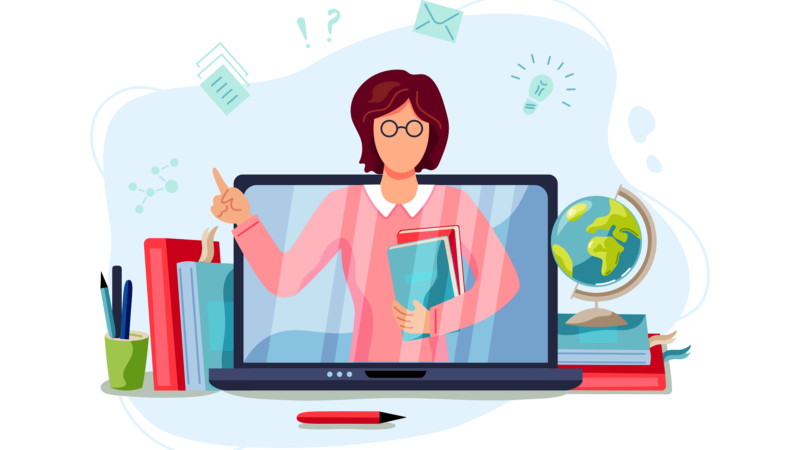5 tips for getting started with personalised learning

i-Learn provides teachers with digital tools to create a learning pathway tailored to each student. Would you like to get started with digital personalised learning? Great! In this blogpost you can discover five tips and several other tricks to implement personalised learning in your lessons:
- Digital personalised tools can be used for various learning activities: as a warm-up, to test prior knowledge, to practise learning material, as an instructive task, as a test, as a homework assignment, … An example that could be of use is the tool Xnapda which is a tool for primary education. It even has a built-in homework button, so that students can watch educational videos prepared by the teacher.
- Some tools also have a ‘teacher dashboard’: a handy overview of various visualisations (for example: when and how long a students has worked on an assignment, made mistakes, …). Tools with a teacher dashboard can provide additional support to the teacher by inspiring them to further adapt lessons and personalise exercises on the level of each student. It can also help to better classify groups or create schedules according to certain learner characteristics. Taalzee is an example of a tool (for primary education) with a teacher dashboard. This tool allows you to follow students in real time. Kweetet also works with a teacher dashboard on which the teacher can set exercises and/or tasks, which the system then automatically improves as the student is working on them. As a teacher, you will get an overview of all results and scores on this dashboard!
- Did you know that tools can not only adjust the difficulty of the exercises, but can also take feelings or motivation of students into account? For example, there are tools that take into account if a student is extremely sensitive for external signals. Those tools then provide a more abstract layout without many unnecessary stimuli. Other examples of such tools are the ones that take anxiety into account. They give the student more support and/or advice if needed. Motivation is also a source of adaptation which is increasingly being used. For example, the Rekentuin tool (primary education) contains a fun game element that encourages students to make extra exercises in order to fill their trophy case.
- It is not always the case that the tool alone is responsible for the personalisation. Some tools allow students to (partially) personalise the learning content or the difficulty level according to their own needs. This is the case in Verbuga (primary and secondary education), where students can choose for themselves which language and which grammar rules they want to practise more.
- Getting started with digital personalised tools is not always easy. It is normal if you face technical and/or didactic barriers. Do not hold back to reach out for support. There are many support resources: educational guidance service, ICT coordinator, colleagues or even the developer of the tool. Bookwidgets (a tool for primary and secondary education) created a complete online community where you can go for frequently asked questions, free webinars, material that can serve as inspiration, competitions, …
Are you curious to know more about personalised learning or are you looking for more adaptive tools? Be sure to read the interview in Klasse magazine (in dutch) with i-Learn colleague Prof. dr. Fien Depaepe. She talks about the power of learning analytics and adaptivity in education. Below the interview you can find a list of 10 adaptive tools for primary and secondary education!
Share this post
